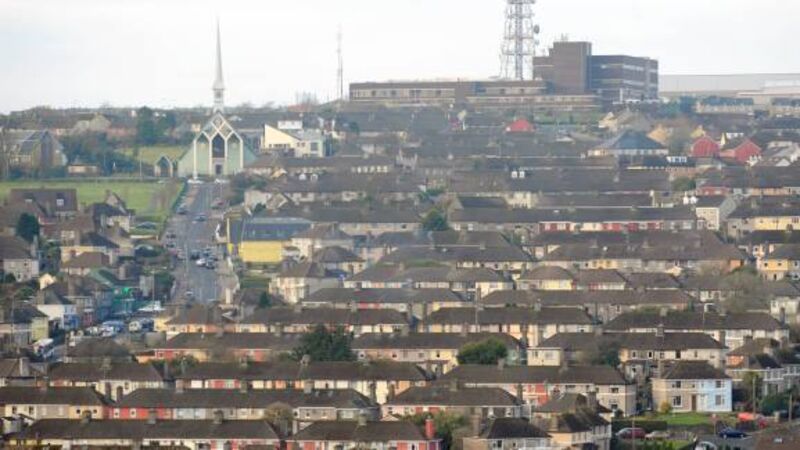Housing supply problem could be fixed by 2019

The latest CSO data show that the pace of growth quickened considerably over the summer, with prices rising by a strong 7.5% over the four months from May to the end of August. By August, prices were up by 12.2% on a yearly basis, the fastest annual rate of growth since June 2015.
Looking at the geographic breakdown, the acceleration is being driven by a sharp pick-up in Dublin prices. In August, prices in the capital rose by 11.9% compared to year-earlier levels, quite some way above the 4% rate registered in summer 2016.
Meanwhile, non-Dublin prices were up 12.6% year-on-year in August, but they have been rising at a double-digit rate for the past year.
It would seem that the relaxation in the Central Bank mortgage regulations (which disproportionately impacted the Dublin market) in late 2016, as well as the Government’s help-to-buy scheme, have contributed to a sharp acceleration in Dublin house price inflation.
It is also the case, though, that the supply shortfall is most acute in Dublin, where housing demand is very strong.
It is worth noting that, despite this strong growth, prices remain below their previous peaks. Both national and Dublin price levels are still around 25% below their previous highs.
By contrast, rents went above their previous peak in September 2015 and, as of August this year, were 16.3% above their former highs.
The severe upward pressure on prices and rents is due to the lack of housing supply. One aspect of this is that transactions remain well below the regarded 3%-4% normal market turnover levels. The latest data show sales of existing dwellings were up by 10% year-on-year in August and so remain at low levels.
On the key issue of new housing supply, though, various indicators show that building activity is on a strongly improving trajectory. Data from the Department of Housing show that commencement notices — or housing starts — increased by 45% in the year to August.
At the same time, housing registrations, which tend to reflect developer activity, surged by over 80% for the same period.
Meanwhile, completions, as measured by ESB connections (an imperfect measure of new supply), were up 30% in the first eight months of the year.
It should be noted though, that while all of the above are on the surface very strong growth rates, they must be viewed in the context of being off a low base.
Nonetheless, if the completions data continue to grow at their current rate for the rest of the year, they would total close to 20,000 units for 2017, up from 15,000 in 2016.
This level of building activity is still well below the 30,000 units projected to be required each year to meet estimated annual housing demand. However, if one extrapolates the current trends, this figure might yet be reached in 2019, somewhat earlier than expected.
Further measures were also announced in the budget to boost housing supply, including the establishment of a new vehicle — Home Building Finance Ireland, which is to make €750m of debt funding available for residential development.
The Government is also ramping up the building of social housing.
A further significant rise in housing supply over the next couple of years should see house and rental price inflation ease back from their current high levels.
















